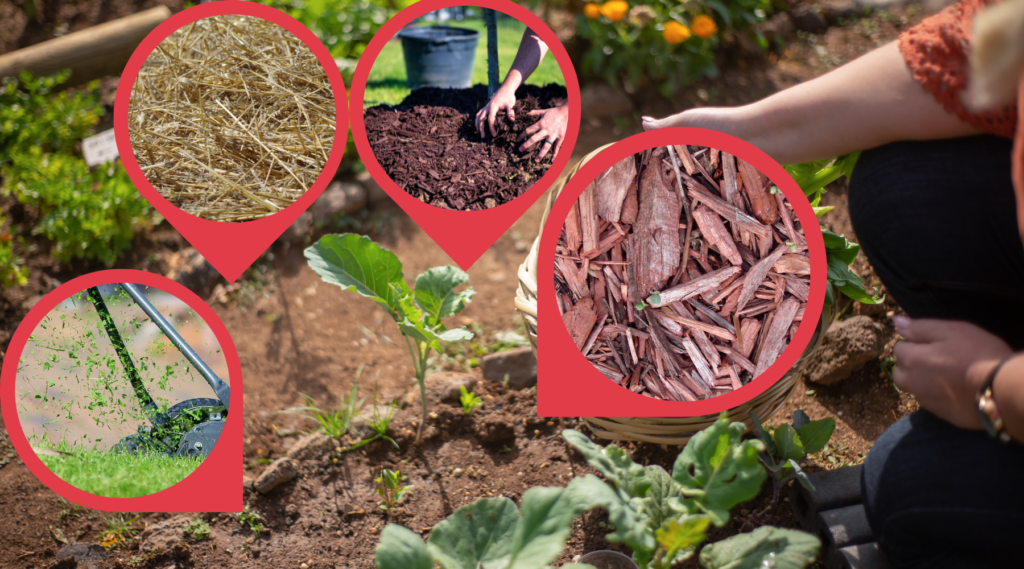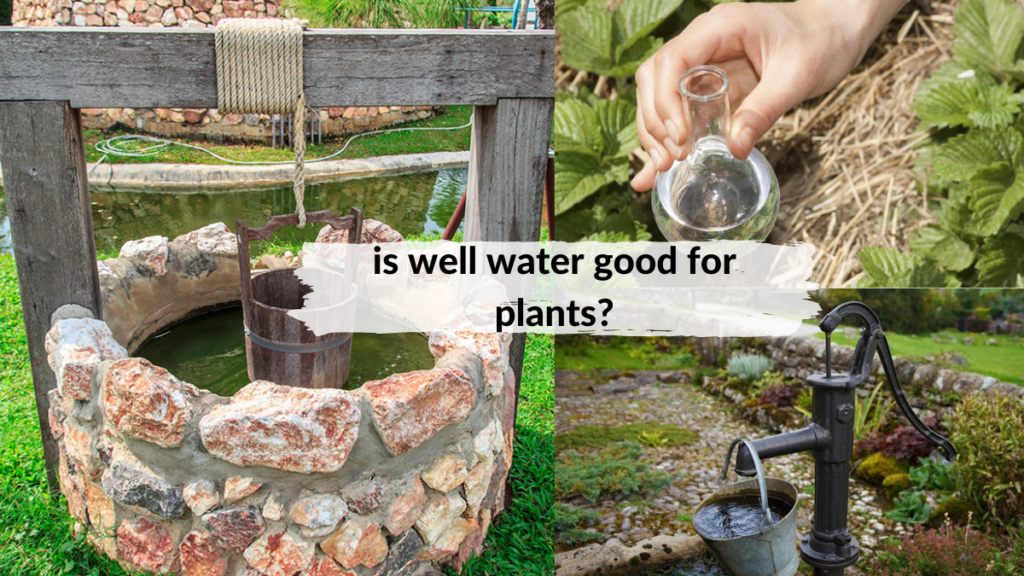If you are growing a vegetable garden, one way to make your plants thrive is by trying companion planting. This is focused on attracting beneficial insects or the natural predators of garden pest species like caterpillars and aphids.
It also encourages growth and improves the overall health of plants. It balances making the most out of the growing season and providing the ideal setting for beneficial insects like ladybugs and beetles.
Among the favorite plants in a vegetable garden are tomatoes. However, planting tomatoes has a lot of possible setbacks. These setbacks may start from blossom end rot up to fungal diseases, attracting insect pests like aphids, tomato hornworms, and whiteflies and even early as well as late blight.
Some of the things that can help in protecting and managing plants are vigilant weeding, mulching, and pruning. These should be done until the fruits are ready for harvesting. However, learning the right tomato companion plants can help you in accomplishing all these naturally.
understanding companion planting
Companion planting is the practice where different crops are planted near each other for improving nutrient uptake, encouraging pollination, increasing crop production, and providing pest control.
Scientists are referring to this idea as “pseudoscientific” because it is not validated scientifically, though there are experienced gardeners who guarantee the benefits of this practice based on the list of companions that they compiled carefully.
When it comes to companion planting, most of the information is passed down by experienced gardeners who successfully experimented with pairing plants like tomato plants with other crops. However, various factors are seen to affect the effectiveness of companion planting.
tomato companion planting
Among the plants that make good companions are tomatoes. Planting tomatoes is one of the best things you can do in your garden as this is among the great companion plants to various popular garden vegetables.
Some companion plants are said to help in boosting the vigor and health of their tomato plants, some of which help in improving the flavor of tomatoes while other companion plants help allegedly deter and repel pests and diseases.
Various beneficial companion plants are touted to improve the overall tomato plant growth. Though factors like the improvement of health and flavor are difficult to measure due to the lack of scientific research to support these claims, it is still interesting to try companion planting in your own garden.
Since you are starting your garden, you will probably grow tomato plants along with other plants. This means you can actually put companion planting to a test. You can use a companion planting guide to get started or you can choose from the list of plants we gathered that you could plant alongside tomatoes.
benefits of companion planting with tomatoes
Among the main goals of gardeners in pairing certain plants alongside each other is to control and deter pests, there are other benefits from doing plant combinations.
Aside from pest control, companion planting can also help in reducing disease and weeds in the garden. Certain plant combinations help improve soil structure and fertility, attract beneficial insect species that eat insect pests and enhance pollination.
There are various great companion plants that you can add to your garden, but you will be learning more about plant companions you can grow with one of the popular crops in the garden: tomatoes.
best tomato companion plants and their benefits in your garden
Though most ideas about companion planting lack scientific research, below are some of the tried companion plants for tomatoes:
basil
Tomatoes and basil are considered soulmates both off and on the plate. This specific aromatic herb repels insects such as hornworms and flies and is also believed to increase yields.
parsley
A good companion planting pair is tomato and parsley. The herb helps in boosting the growth of the plant and attracting predatory insects of tomato hornworms. However, make sure that you keep it distant from the mint.
squash and borage
The trio, squash, borage, and tomatoes are popular companion plants because of the right timing when they are growing. Borage is a flowering herb that repels tomato hornworms. This herb is identified with blue star-shaped blossoms that attract pollinators. It improves tomato growth and enhances its flavor while protecting it. The herb is also used as an attractive garnish. Late-summer squash will be ready to blossom as the foundation has been laid also with the help of the pollinators.
nasturtiums and French marigolds
French marigolds must not be confused with the pot marigold, or the edible and decorative calendula is an excellent companion plant along with nasturtiums. Marigolds are known to dispel the presence of root-knot nematodes that feed off all the nutrients coming from the tomato’s root system.
On the other hand, Nasturtiums act as the main pest repellant because of their bitter and peppery oils. However, you should not plant them too close. Nasturtiums are known to sprawl rapidly which may overtake other plants when not properly controlled.
garlic
Planting tomatoes near garlic helps in repelling spider mites. You can make a spray solution mixed with garlic to protect soil and plants against blight.
onions and other alliums
Because of the overwhelming scent of these plants, it helps mask the scent of the tomatoes and protects your tomato garden from getting raided by insect pests.
chives
Chives are important alliums that any herb garden should have. These work great in repelling aphids, mites, and nematodes.
asparagus
Tomatoes and asparagus are good companion plants and represent a give-and-take idea in companion planting. While tomatoes repel asparagus beetles with the chemical solanine, asparagus clears the soil of root-knot nematodes attracted to the tomato plant.
lemon balm
Lemon balm is an aromatic herb that works as an effective natural repellent. It is also known for its antimicrobial properties, which reduce the possible presence of bacterial and fungal diseases.
calendula
This plant is best for attracting beneficial predator insects that can help in reducing pests and improving pollination.
carrots
Carrots help in controlling hornworms as well as other caterpillar pests as these attract parasitic wasps. Though many say that these two plants improve each other’s flavor, it may affect their growth, especially the carrots. If you do not mind growing tomatoes alongside carrots that are flavorful but are smaller, there is no reason why you should not try this combination.
radishes and beets
These root crops create a ground cover in the spaces between tomato plants.
mint
This herb is also known for controlling hornworms because it attracts parasitic wasps. However, one thing that you should keep in mind is that it can be invasive. If you still want to make use of its benefits for your tomatoes, you can plant it in a separate container and just place it near the tomatoes.
thyme, sage, and oregano
These herbs are also known for attracting parasitic wasps and effectively controlling the presence of tomato hornworms.
amaranth
This plant attracts predatory beneficial insects and repels pests.
peas and beans
peas and beans help in fixing nitrogen in the soil, which heavy feeders such as tomatoes need. Bush beans are recommended to be planted around tomatoes as they will not only provide the same benefit but also increase the air circulation. This reduces the chance of tomato leaves getting fungal diseases. If you have enough space, you can also plant pole beans to get the same benefits.
cowpeas
Southern green stink bugs love cowpeas or scientifically known as Vigna unguiculata. Planting them around tomatoes will lure these bugs away and save them from any damage. These bugs are feeding on various veggies and fruits that cause corking and stripping of the flesh.
You can use them as a trap crop since they will be the target of the stink bugs instead of the tomato plants. Just make sure that you plant it a few feet away from the tomatoes as these bugs are good fliers. Sow them weeks before you start planting tomatoes.
cucumber
Cucumbers can be planted and grown as living mulch just beneath tomato plants or other tall plants. The leaves play an important role in soil moisture retention and weed management. Planting this along with tomatoes requires more growing space, so consider that before planting cucumbers.
collards
Harlequin bugs are known to attack tomatoes each season and plant Brassica oleracea var. Viridis or collards are among the best companion plants that you should have. The bugs are common in warm regions, and they love plants in the cabbage family. This means planting collards near tomatoes will lure away these bugs.
Since these bugs produce a few generations every year, it is recommended that you plant the collards weeks before planting tomatoes. Make sure to plant them around the border of your garden and a few feet away from the tomatoes to protect them from bugs.
lettuce
Lettuce is a recommended companion plant for tomatoes if you want to make use of more space in your garden. Tomato plants can provide beneficial shade to lettuce during the hot summer while maximizing the space in the garden to grow your own food.
crimson clover
Trifolium incarnatum or crimson clover is usually grown as a living mulch and a common option in companion planting with tomatoes. You can plant it between rows of tomatoes or between tomato plants. You can grow this throughout the season.
Since it is a legume, it will outcompete weeds and provide nitrogen to the soil which will also benefit neighboring plants with nitrogen fixation.
Spring or fall is the right time to sow the seeds of this plant for it to act as living mulch for your tomatoes. Restrict it from growing and return the nutrients to the soil by mowing, weed whacking, or cutting it back a few times a year.
Aside from these benefits, clovers also support the increase in pollinators and attract beneficial insects. Just make sure that you cut it back before it drops the seed. This plant is winter-killed when the winter temperatures dip below 0°F.
worst companion plants with tomatoes and why you should plant them away from tomato plants
Not all plants are beneficial to your tomatoes, so you must know what plants you should avoid planting when considering companion planting with tomatoes.
kohlrabi, cabbage, broccoli, cauliflower, and Brussels sprouts
Though there are beneficial brassicas to tomatoes, there are also those that you must avoid like kohlrabi, cabbage, broccoli, cauliflower, and Brussels sprouts. They compete heavily in nutrients with tomatoes since both are heavy feeders. Planting them alongside each other will affect the tomato growth heavily.
potatoes, eggplants, chili peppers, and other nightshades
Tomatoes are a part of the nightshade family. This means they are not supposed to be planted with other members of the nightshade family such as potatoes, eggplants, and peppers. The reason behind this is that these nightshades may share the same diseases over time.
fennel
This herb is considered a rotten companion plant not only for tomatoes but for many garden plants as well.
corn
Tomato fruit worm or the Helicoverpa zea is the same as the corn earworms. Keep in mind that growing plants that attract the same pests will eventually cause disaster and eventually destroy your garden.














